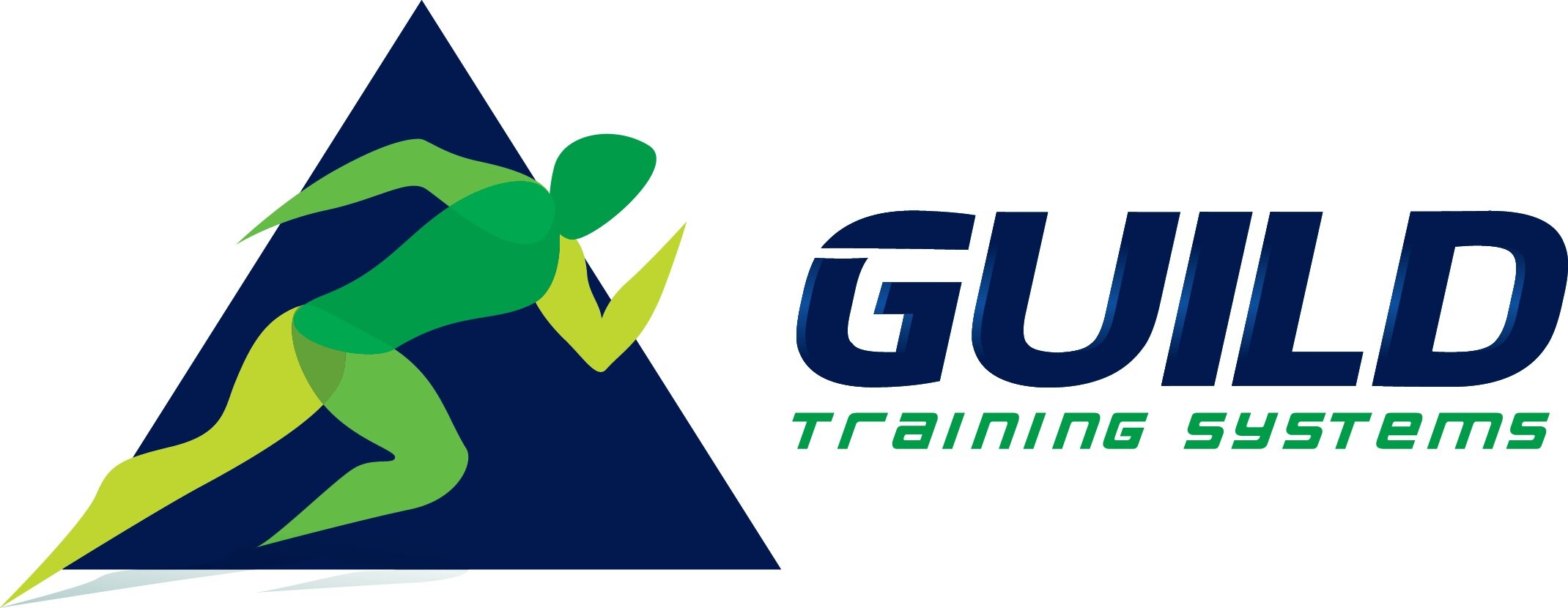Eccentric Overload
Prioritizing eccentric overload is an effective way to drive power, strength and hypertrophy. Eccentric overload can also be the culprit of an incredible amount of delayed-onset muscle soreness, impaired muscular function and at extremes, an increased injury risk to the athlete.
So how can we best utilize eccentric overload training within our programs to provide an adequate stimulus without subjecting athletes to debilitating soreness and injury risk?
My Kbox4 unit falls into the category of flywheel inertial training. Due to a slight amount of bias, I love flywheel inertial training for beginner and intermediate athletes. The training effect is heavily determined by the input from the athlete. Meaning in short, if the athlete pushes harder on the concentric portion of the repetition, the eccentric portion becomes more difficult.
This can also be a limiting factor, as eccentric overload is predicated on creating a stimulus that is novel to the training athlete. If an athlete can’t push hard enough, or create enough force in the concentric portion to challenge the eccentric phase, then eccentric overload cannot be achieved.
This brings us to accentuated eccentric loading. Simply put, this is a training method where more resistance is applied during the eccentric phase. This can be done manually with spotters or with the use of specific training devices. This training method allows us to fix the loading parameters, taking the athlete’s concentric output away from the equation making it easier to gauge volume progression. However, there isn’t much in the way of equipment that allows for repeated use of accentuated eccentrics and manual resistance only goes so far with the main compound lifts.
In the gym, we use tempo as a way to impart an eccentric stimulus, using slow eccentrics or pause reps to cause additional muscular damage and hopefully stimulate muscle growth.
The problem with tempos is they tend to minimize peak eccentric force. The age-old equation of F=MA means that if we decrease acceleration, our eccentric force numbers will go with it. This means less stimulus and potentially less in the way of muscular strength or hypertrophy all while creating additional fatigue and soreness. Doesn’t seem like a great equation…
Tempo repetitions are great for novice to intermediate lifters where priority is directed towards movement quality vs. strength and power. I use them for folks who are learning new patterns or seeking to improve upon learned patterns. When it comes to driving strength and power outcomes, the tempo may need to be reduced or removed to allow for higher force outputs.
As one who utilizes eccentric overload in my own training, along with those who I train in-person, I’ve established a few rules to govern the implementation of eccentric overload that have helped me avoid overtraining due to fatigue and soreness stemming from eccentric stress.
Never focus on eccentric overload on back-to-back days
When using tempos, quantify training volume by multiplying pounds x reps x eccentric time.
Ex: 1x8 Squats at 135 lbs. w/ a 3:1:1 tempo would equate to (135x8x3) or 3240 pounds lifted. It’s not perfect and it tends to be on the “easy” side, but it’s one way to objectively measure eccentric stress.
*For flywheel inertial training, I use reps x average force output to quantify my training volume. Even with the wasted reps that occur during flywheel training, it’s been a pretty solid way for me to avoid overshooting or undershooting my training ability.
Never superset multiple eccentric overload focused exercises.
Eccentric overload is a great way to drive results with athletes across a variety of needs and abilities. Tracking progression and utilizing the proper method is critical to achieving positive outcomes and avoiding needless training fatigue and soreness.
Happy training!
*This topic was driven by a presentation that I recently watched by Dr. Tim Suchomel, Eccentric Training Methods. You can follow his Twitter Page here.
https://twitter.com/drtsuchomel?lang=en
